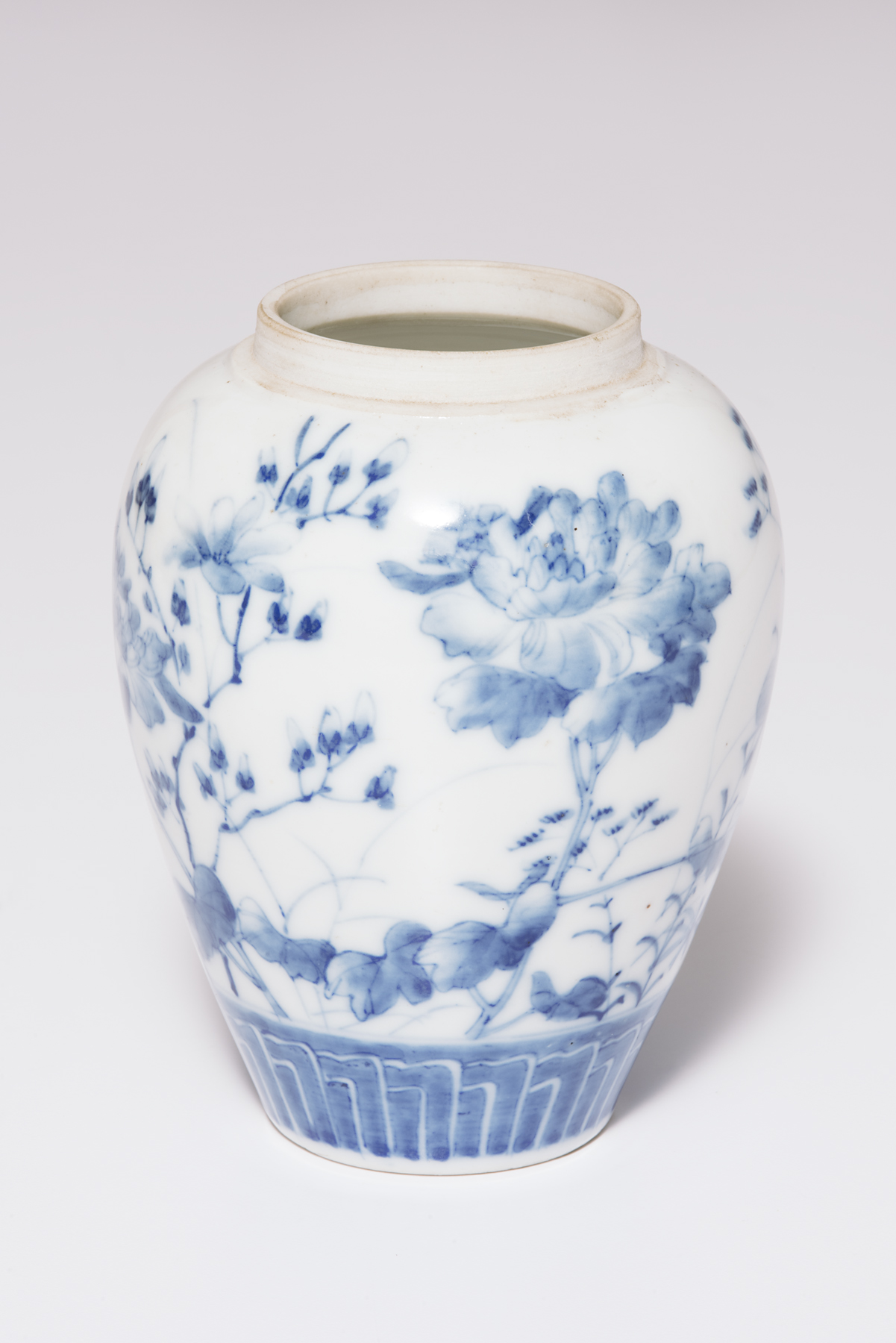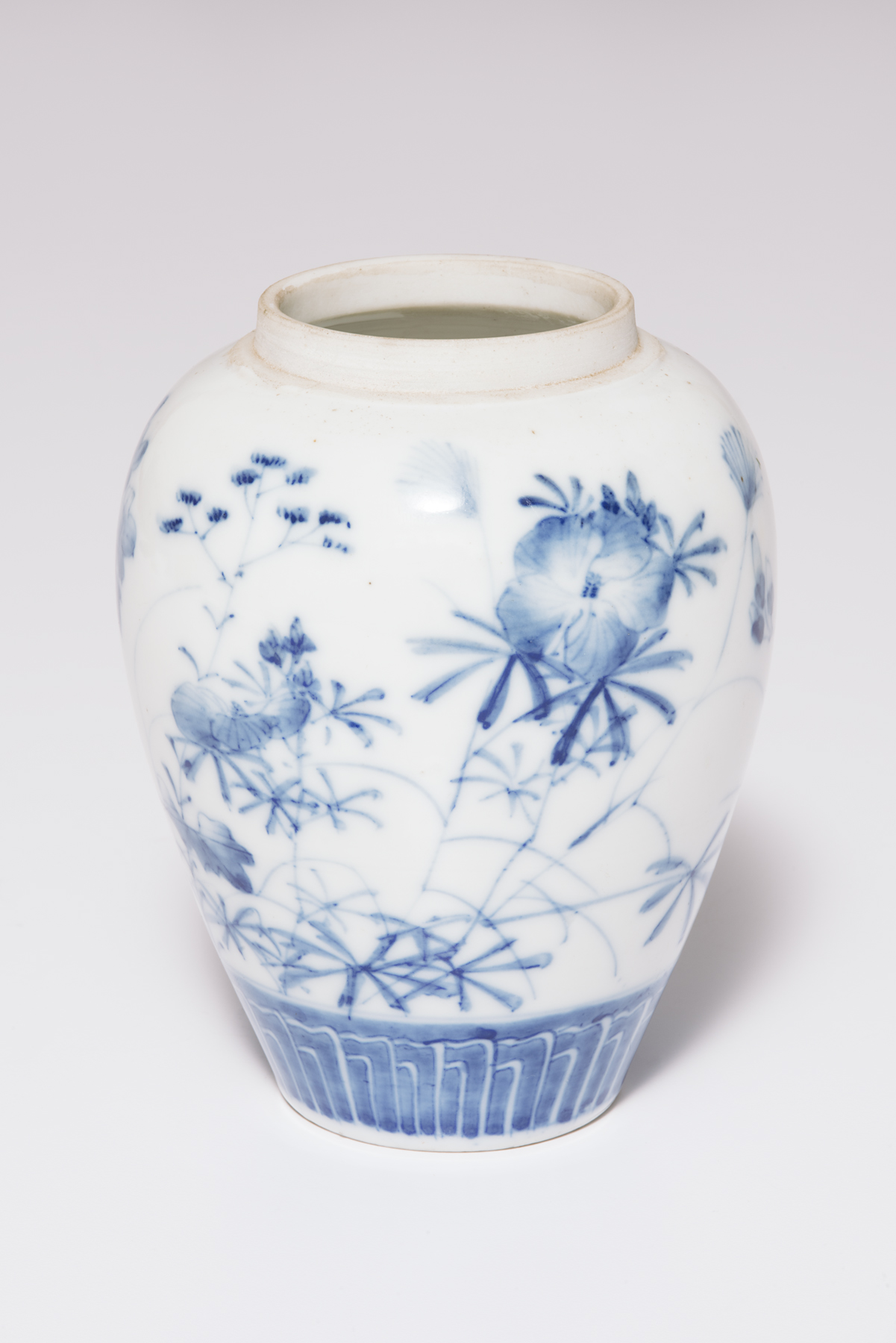vase, unknown maker from Japan
Artwork Overview
vase
, early 1900s, Meiji period (1868–1912)
Where object was made: Japan
Material/technique: porcelain
Dimensions:
Object Height/Diameter (Height x Diameter): 13.8 x 11.5 cm
Object Height/Diameter (Height x Diameter): 5 7/16 x 4 1/2 in
Object Height/Diameter (Height x Diameter): 13.8 x 11.5 cm
Object Height/Diameter (Height x Diameter): 5 7/16 x 4 1/2 in
Credit line: William Bridges Thayer Memorial
Accession number: 1928.3528
On display: Loo Gallery
If you wish to reproduce this image, please submit an image request





